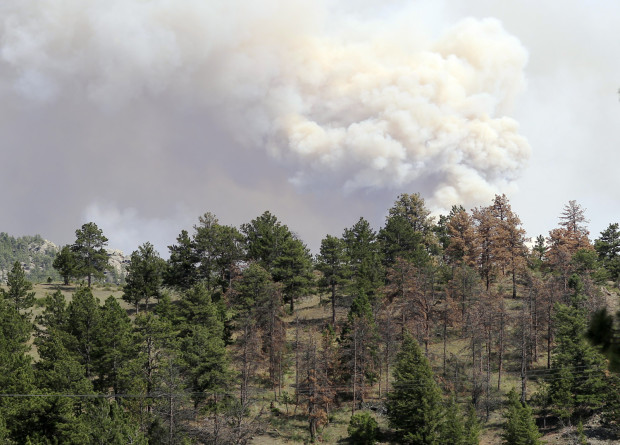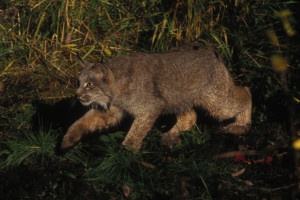We have much more to do and your continued support is needed now more than ever.
Wildfire May Wipe Out Town: The Face of Climate Change in the Southwest
The drought-driven wildfires rage on in Colorado.
About a week after Colorado’s most destructive wildfire killed two people and destroyed at least 500 homes, a 29,000-acre — and growing — blaze could wipe out a mountain town in the southwest part of the state. South Fork, a town of roughly 400 people, was evacuated Friday morning.

Two wildfires have combined in steep terrain that includes beetle-killed trees. The area, like much of Colorado, is in extreme drought after record-high heat and record-low moisture the last couple years. Large stands of dead trees are spread through the area, the work of tree-killing bugs that have flourished the last several years in the Rockies’ warmer weather. The frigid temperatures that normally would stop the bark-burrowing beetles are more and more scarce.
Face of climate change
This is the face of climate change in the Southwest. This is the new norm—seemingly endless wildfires that start earlier in the season and burn more intensely. Bighorn sheep and Rio Grande cutthroat trout were in the path of a wildfire in the Santa Fe National Forest in northernNew Mexico. More fallout is expected when the monsoons hit and debris and mud from barren mountainsides wash into streams and rivers.

An analysis in Yale Environment 360 says “megafires” are becoming the new normal in the West and questions whether the region’s forests will survive the changing climate.
As the National Wildlife Federation’s report “Wildlife in a Warming World” made clear, climate change is already transforming the landscape. How long will it be before we don’t recognize the places we love?
Speak up for wildlife!
![]() Speak up for wildlife threatened by climate change and extreme weather! Tell Congress to pass legislation that will preserve habitat for wolverines and other wildlife>>
Speak up for wildlife threatened by climate change and extreme weather! Tell Congress to pass legislation that will preserve habitat for wolverines and other wildlife>>






















